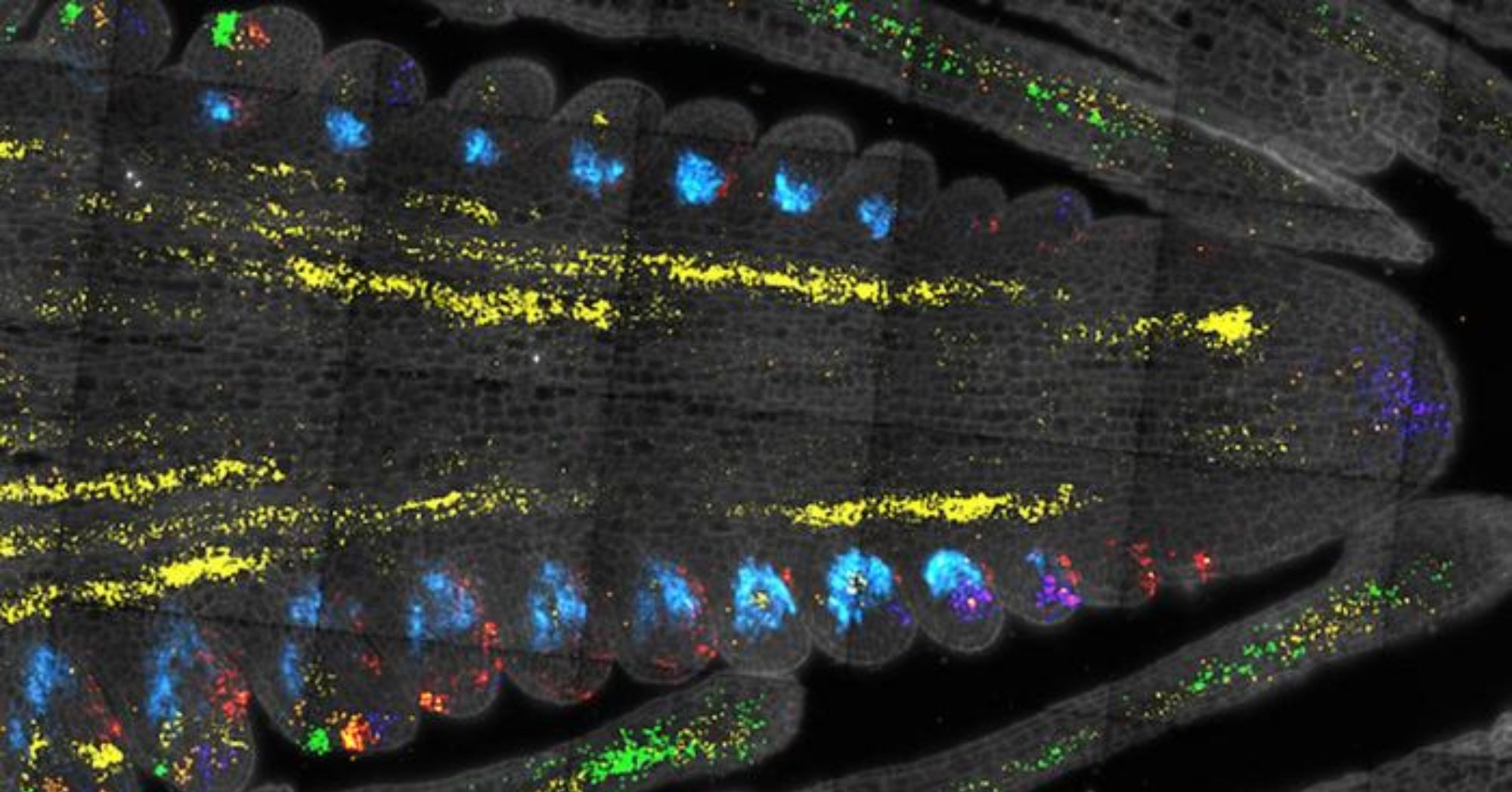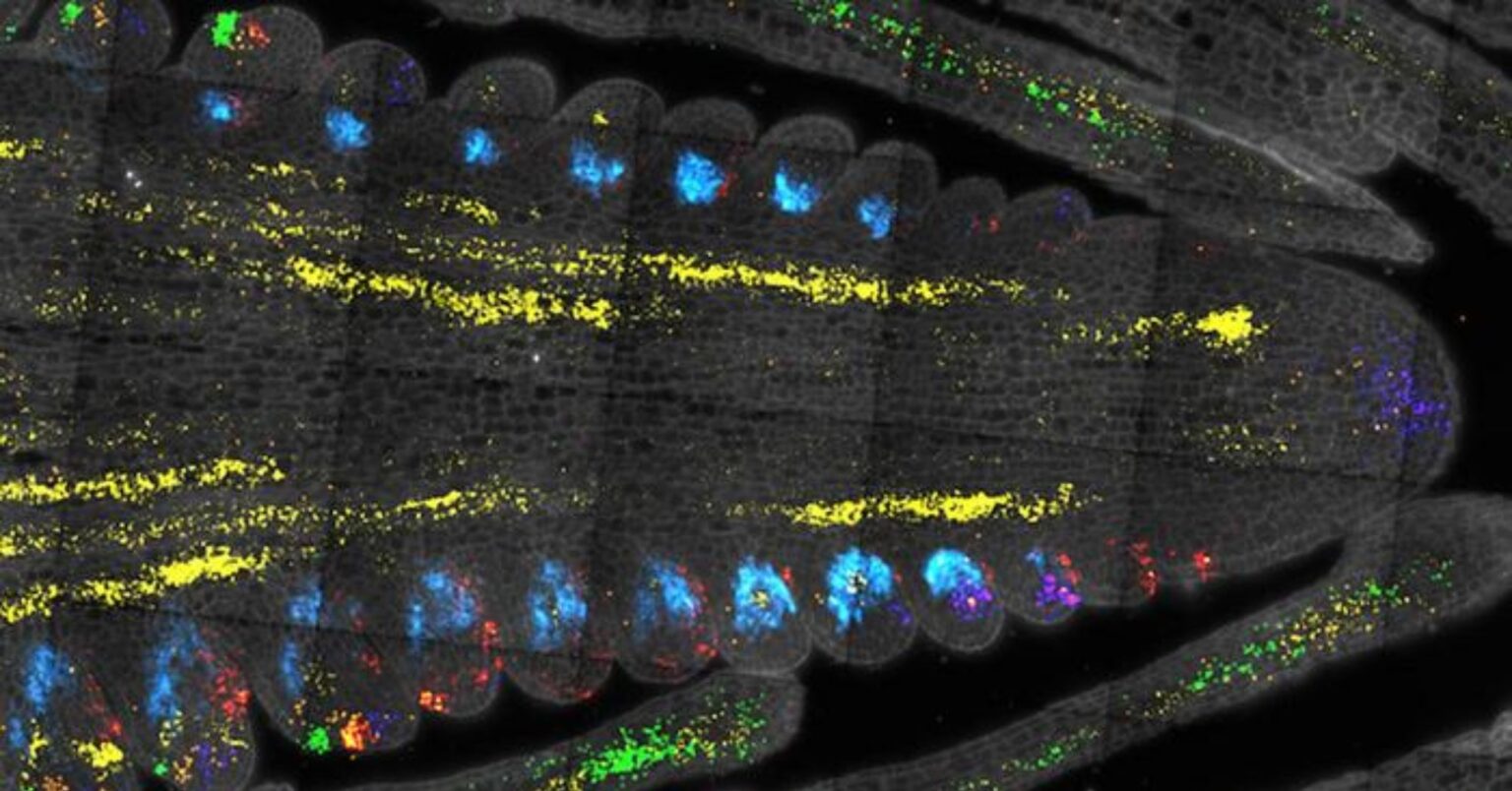Plant stem cells are crucial for the world’s food supply, animal feed, and fuel production. They lay the foundation for how plants grow. Yet, much about these mysterious building blocks remains unknown. Previous analyses have failed to locate many of the important genes that regulate how these cells function.
For the first time, Cold Spring Harbor Laboratory plant biologists have mapped two known stem cell regulators across thousands of maize and Arabidopsis shoot cells. Their research also uncovered new stem cell regulators in both species and linked some to size variations in maize. This method for recovering rare stem cells could be used across the plant kingdom.
Lab professor David Jackson explained: “Ideally, we would like to know how to make a stem cell. It would enable us to regenerate plants better. It would allow us to understand plant diversity. One thing people are very excited about is breeding new crops that are more resilient or more productive. We don’t yet have a full list of regulators — the genes we need to do that.”
Jackson and his colleagues first focused on two well-known stem cell regulators called CLAVATA3 and WUSCHEL. A former postdoc in Jackson’s lab, Xiaosa Xu, delicately dissected a small piece of maize and Arabidopsis shoots containing stem cells. Then, the team used a “microfluidics” machine to separate each cell, convert its RNA into DNA, and label it with a tag that identifies which cell it came from.

The process, called single-cell RNA sequencing, allows researchers to see how genes are expressed in thousands of cells at once. “The great thing is that you have this atlas of gene expression,” Jackson said. “When we publish that, the whole community can use it. Other people interested in maize or Arabidopsis stem cells don’t have to repeat the experiment. They will be able to use our data.”
Single-cell RNA sequencing allowed the team to recover about 5,000 CLAVATA3 and 1,000 WUSCHEL-expressing cells. Next, they identified hundreds of genes that were preferentially expressed in both maize and Arabidopsis stem cells, suggesting they may be evolutionarily important across many plant species. From there, they were able to link certain stem cell regulators to productivity in maize. Such links could someday help breeders select specific strains for food, animal feed, or fuel production.
“It’s foundational knowledge that could guide research for the next decade,” Jackson said. “It can be used not only by developmental biologists, but physiologists, who think about how corn ears grow and how to improve productivity, and then breeders.”


